
Centuries-old nautical maps reveal coral loss much worse than we thought
Scientists say it’s possible we could use nautical maps to understand coral loss across our own shores.

Scientists say it’s possible we could use nautical maps to understand coral loss across our own shores.
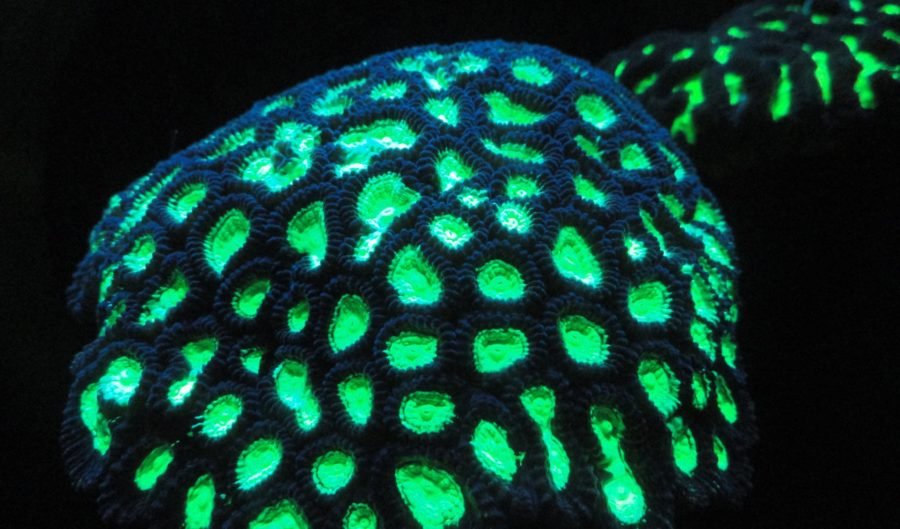
Coral and algae form a symbiotic relationship reliant on sunshine. But deep under the sea, light isn’t in abundance, so for a long time the corals survival has perplexed scientists.
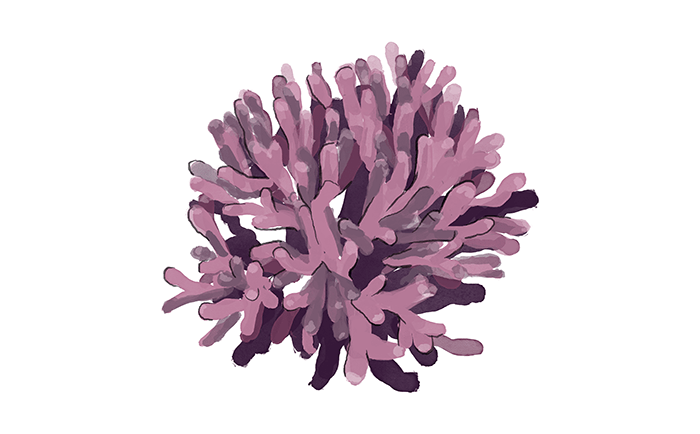
Three-quarters of the world’s 798 coral species can be found on Australia’s Great Barrier Reef, and they come in a huge variety of shapes, sizes and colours.
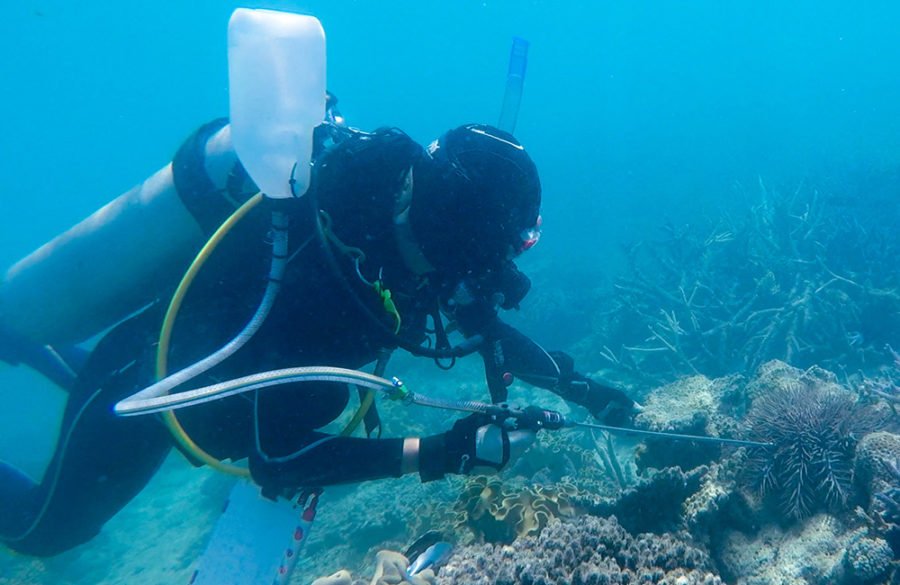
Outbreaks of crown-of-thorns starfish can be reduced using household vinegar, as the new control technique becomes available across the Great Barrier Reef.

A world-first plan to choose 50 of the most critical coral reefs to save was launched today.
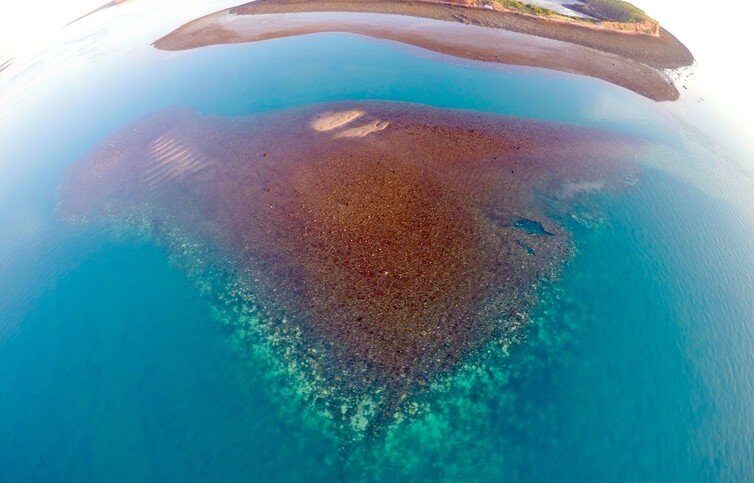
Western Australia’s super-corals are adapted to high temperatures, but even they didn’t escape the recent bleaching event unscathed.

Rising CO2 levels can inhibit coral reef growth and starve associated animals, a new study shows.
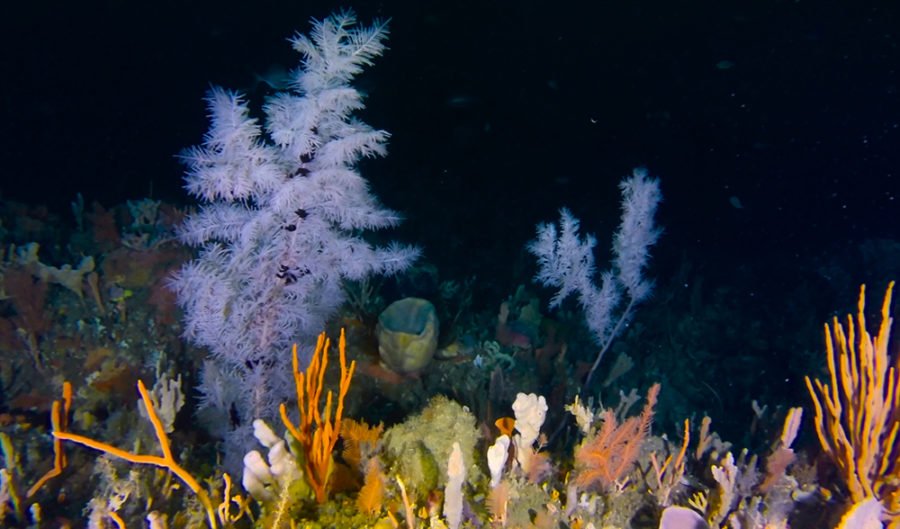
Citizen scientists have captured the first-ever footage of a reef off the coast of eastern Tasmania, including black corals that may be new to science.
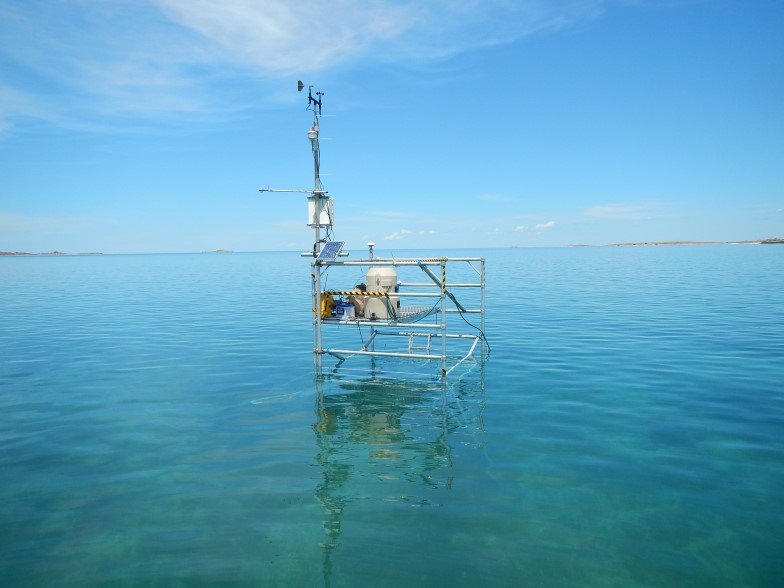
Rising sea levels caused by climate change could actually help some coral reefs survive.
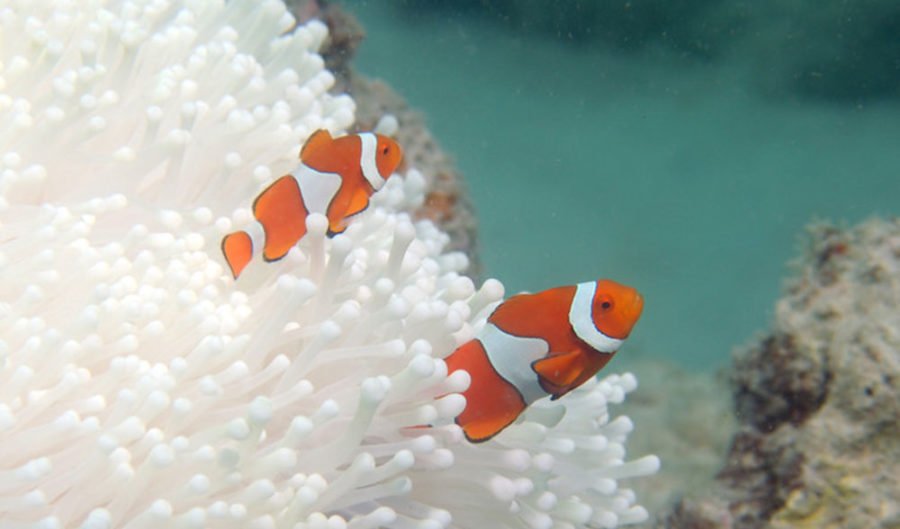
“The damage to this Australian icon has already been devastating.”